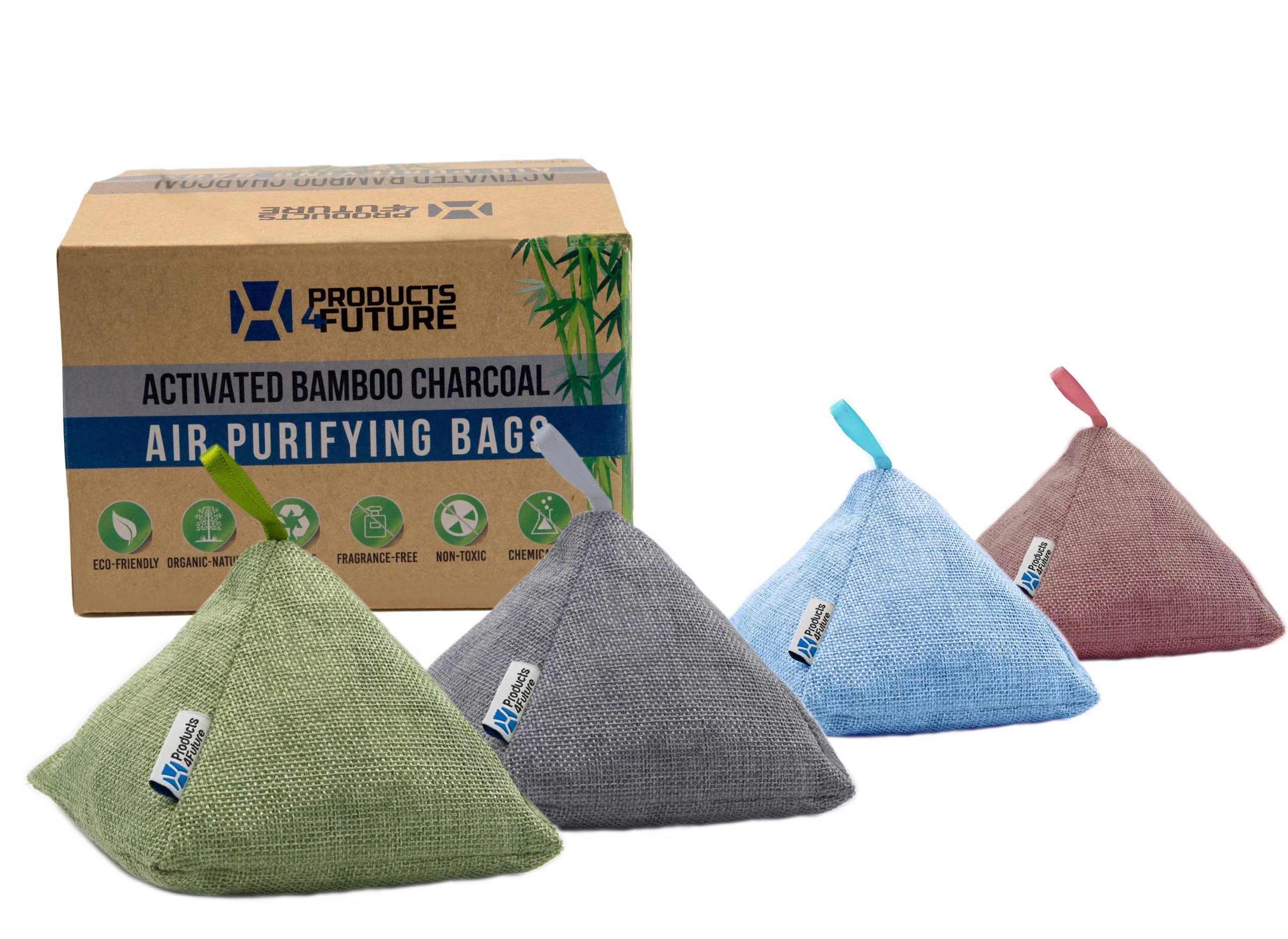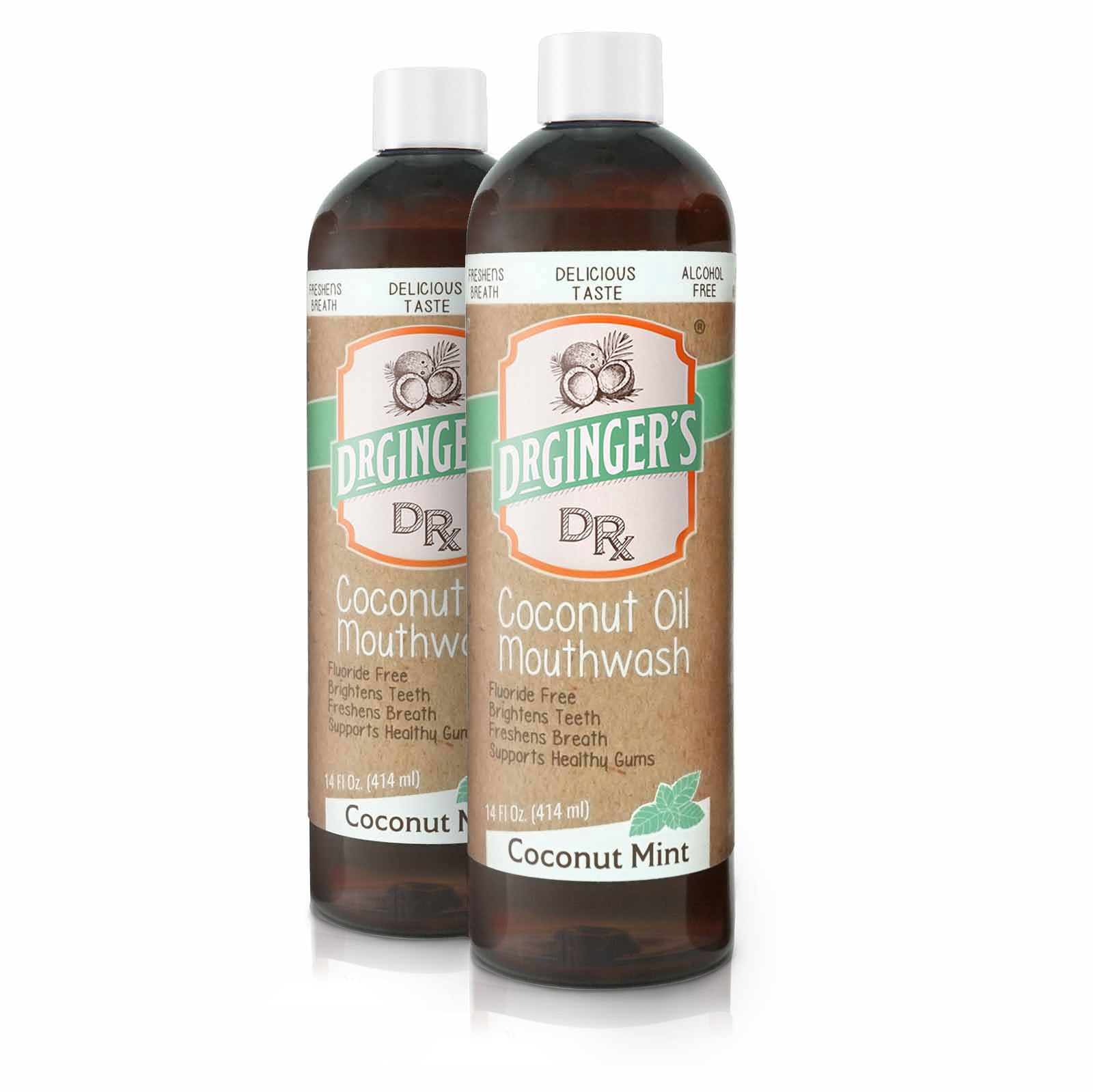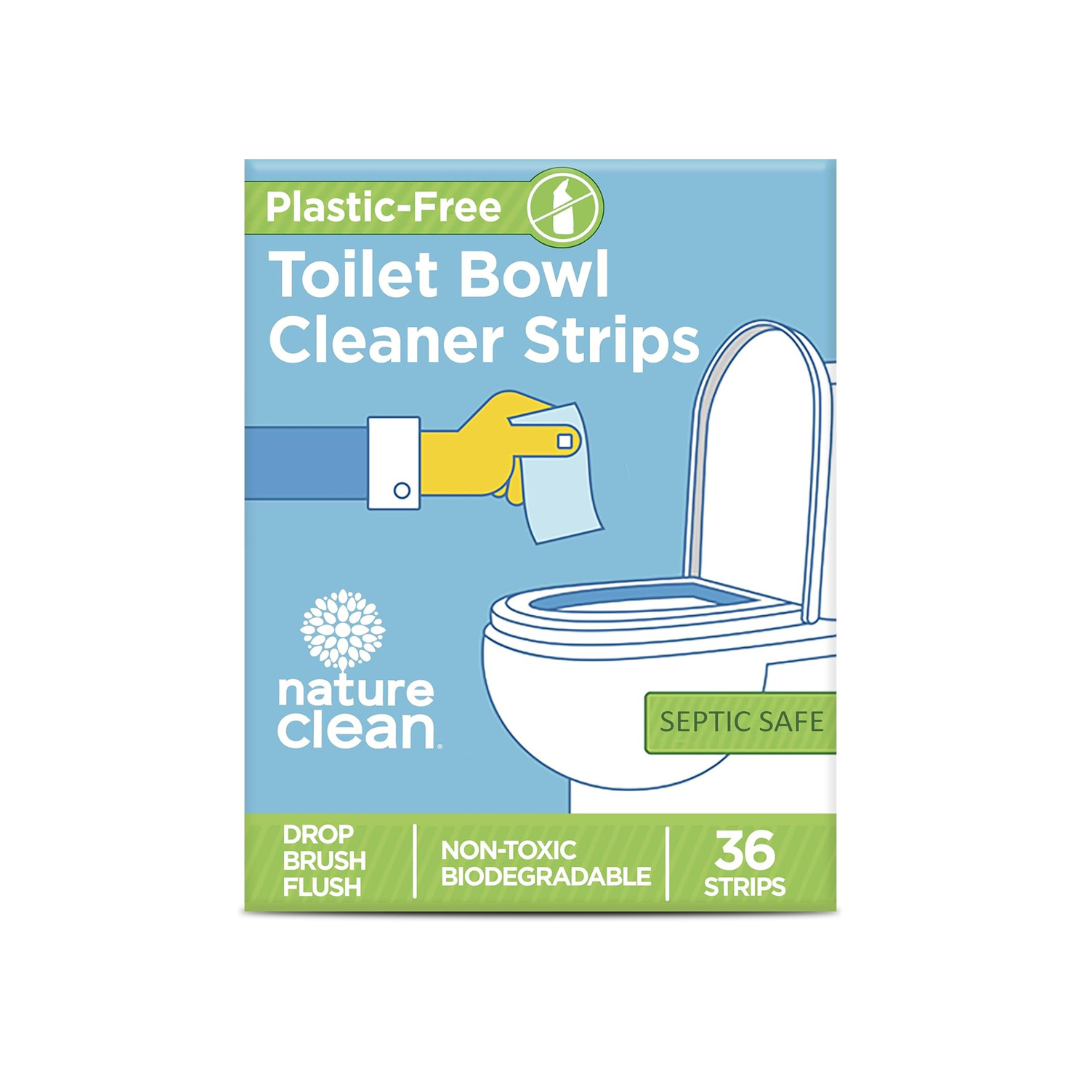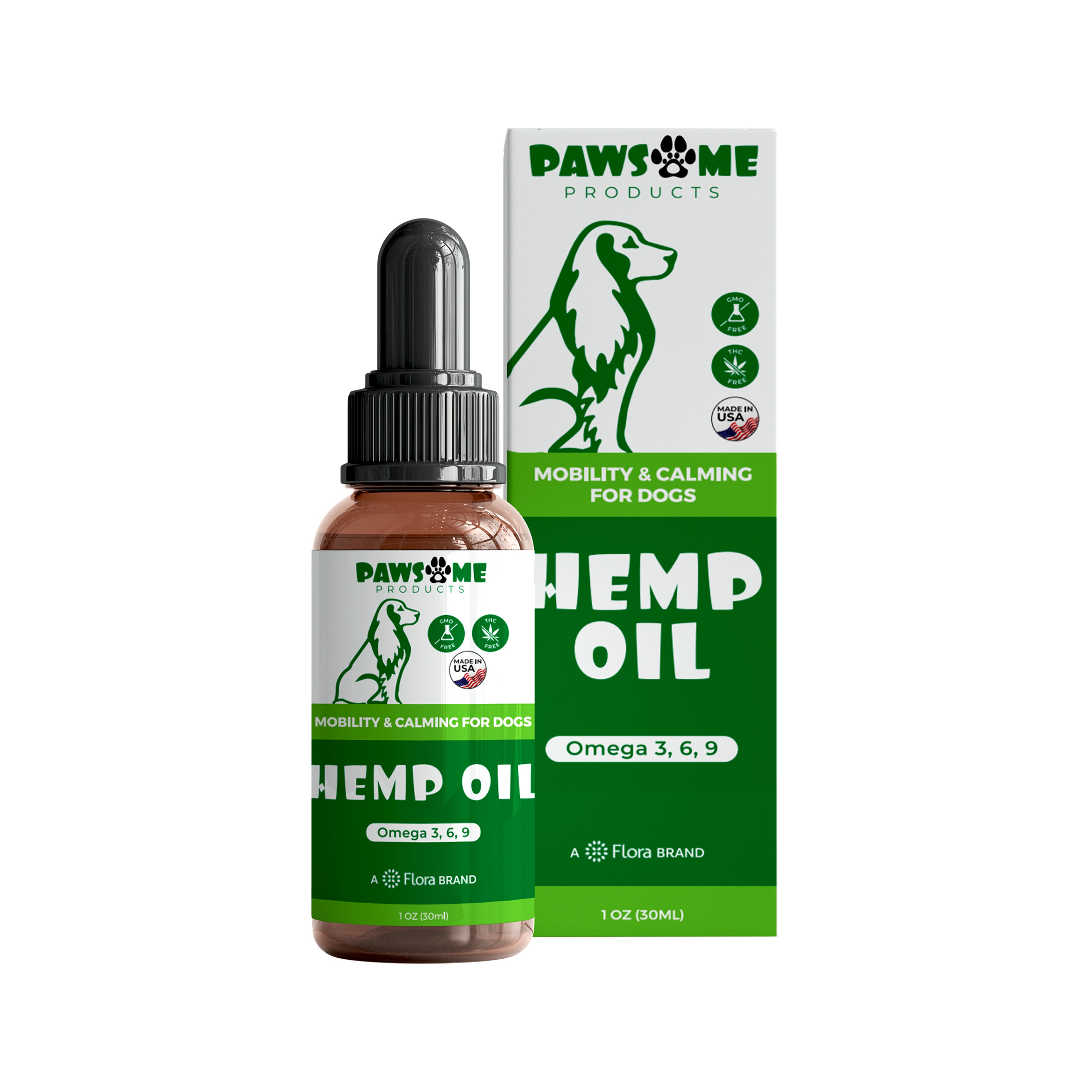As consumer awareness and demand for eco-friendly products have grown, so too has the prevalence of greenwashing - the practice of making misleading or deceptive claims about the environmental benefits of a product or service. In an effort to capitalize on the "green" trend, many companies have resorted to greenwashing tactics, obscuring the true impact of their operations and deceiving well-intentioned consumers.
What is Greenwashing?
Greenwashing is the act of providing false or misleading information about a company's environmental practices or the environmental benefits of a product or service. It is a form of deception that aims to present an organization or its offerings as more environmentally responsible than they truly are.
Some key characteristics of greenwashing include:
-
Vague or ambiguous language about environmental claims
-
Lack of third-party certification or verification
-
Disproportionate emphasis on minor green initiatives
-
Misleading imagery and packaging design
-
Concealing negative environmental impacts
Greenwashing allows companies to capitalize on the growing consumer demand for sustainable products without actually making meaningful changes to their operations or products. This practice undermines the credibility of the environmental movement and can lead to consumer confusion and mistrust.
Identifying Greenwashing Claims
In order to spot greenwashing, it's important to be aware of the common tactics used by companies to mislead consumers. Some key signs of greenwashing to look out for include:
Vague or Ambiguous Language
Greenwashing often relies on the use of vague, meaningless, or ambiguous language to make environmental claims. Terms like "natural," "eco-friendly," "green," or "sustainable" are used without any clear definition or substantiation. These broad, unspecific claims make it difficult for consumers to understand the actual environmental impact of a product.
Lack of Third-Party Certification
Legitimate environmental claims are typically backed by reputable third-party certification or verification. In the absence of such certification, companies may make unsupported assertions about the green credentials of their products or operations. Consumers should be wary of claims that are not verified by an independent, accredited organization.
Disproportionate Emphasis on Minor Green Initiatives
Some companies will draw excessive attention to minor environmental initiatives, such as using recycled packaging or reducing water usage in a single facility, in order to distract from their larger negative environmental impacts. This creates the illusion of sustainability without addressing the company's overall environmental footprint.
Misleading Imagery and Packaging
Greenwashing often relies on the use of misleading visual cues, such as images of nature, forests, or wildlife, to create a false impression of environmental friendliness. Packaging may feature earthy color schemes, leaf patterns, or terms like "eco" or "green" to suggest that a product is environmentally responsible, even if the actual contents or manufacturing processes are not.
Decoding Eco-Labels and Certifications
Eco-labels and certifications can be a valuable tool for identifying genuinely environmentally-friendly products, but they can also be subject to greenwashing. It's important for consumers to understand the differences between legitimate eco-labels and those that may be used to mislead.
Understanding Legitimate Eco-Labels
Reputable eco-labels are typically awarded by independent, third-party organizations that have rigorous standards and verification processes. Some examples of legitimate eco-labels include:
-
ENERGY STAR (for energy-efficient products)
-
USDA Organic (for agricultural products)
-
Forest Stewardship Council (FSC) certification (for sustainably sourced wood and paper products)
-
Marine Stewardship Council (MSC) certification (for sustainable seafood)
-
LEED (Leadership in Energy and Environmental Design) certification (for green buildings)
These certifications indicate that a product or company has met specific environmental criteria, verified by an impartial authority. Consumers can have confidence in the environmental claims associated with these labels.
Spotting Greenwashed Certifications
In contrast, some companies may create their own in-house "eco-labels" or use obscure, self-designed certifications to make unsubstantiated environmental claims. These greenwashed certifications often lack transparency, third-party verification, and clear, measurable standards.
Examples of potentially greenwashed certifications include:
-
"Eco-friendly" or "green" seals created by the manufacturer itself
-
Certifications from little-known or unaccredited organizations
-
Certifications with vague, ambiguous criteria or no public information about the verification process
-
When encountering an unfamiliar eco-label, consumers should research the certifying organization, its standards, and the verification process to determine the legitimacy of the claims.
By understanding the differences between legitimate and greenwashed eco-labels, consumers can make more informed choices and support truly sustainable products and companies.
Conclusion
This is where you, the reader, come in. As a conscious consumer, you have the power to drive positive change. First, visit our website to explore a wide range of verified, eco-friendly products that have been carefully vetted for their sustainability credentials. Second, stay informed by checking out the Flora Blog, where we will continue to expose greenwashing and empower you to be a discerning, environmentally-conscious shopper. Together, we can hold companies accountable and demand true transparency, ultimately accelerating the transition to a more sustainable future.






































